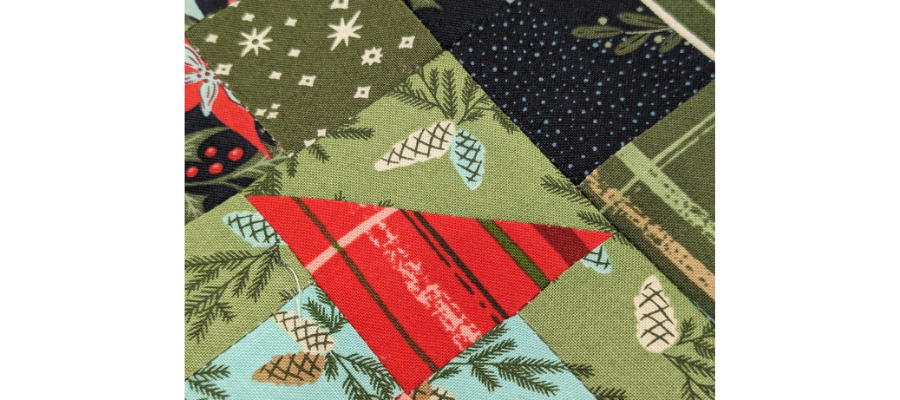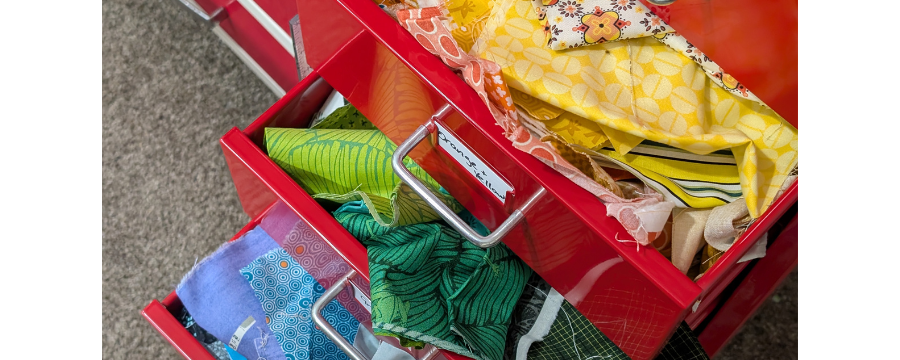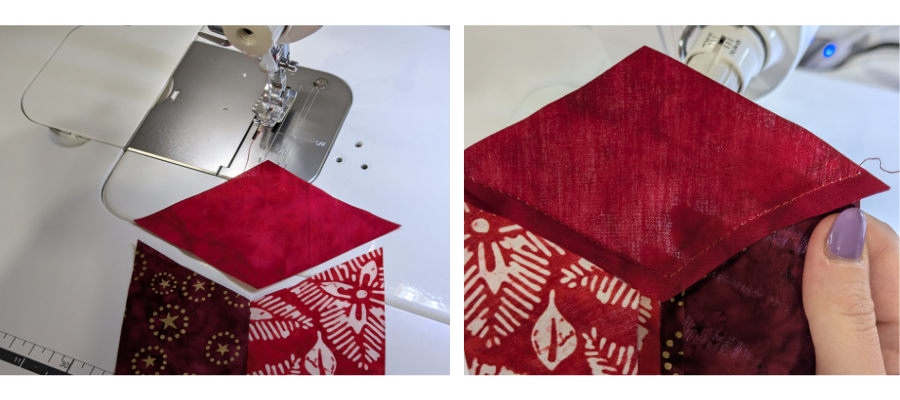Tip Time: Competition-Ready Quilts

In addition to original designs that have great fabric choices and design impact, what are the technical things that judges will be looking for?
PIECING
Sharp points – If you have triangles in your work, they should be pieced accurately so that they retain their points when sewn next to other fabric. Blocks should also join perfectly with corners meeting. Trimming blocks accurately and nesting seams can help with this (see last month’s tip).
Pressing matters – Seam allowances should be pressed consistently and be as flat as possible. You don’t want to have too much fabric making some seams look baggy or, even worse, making puckers that catch in the quilting. Taking time to press well with scratch or starch alternatives, using a quality hot iron, and employing tools such as wool pressing mats and clappers can help.
QUILTING
Stitch-in-the-ditch – The traditional way to quilt – whether hand- or machine-quilting – is to stitch in the ditch around the elements and blocks in a quilt prior to adding additional detail. This helps prevent distortion when quilting.
Stops and starts – Where you stop and start while quilting should not be noticeable. Sometimes when moving a big quilt under a domestic machine, you can create little jerky points in your stitches, especially on a curve. Take your time, use your needle-down function, and watch where your needle re-enters the quilt when you restart sewing.
Burying threads – After you finish quilting, the threads should be pulled through to the inside of the quilt. Be careful not to pull darker threads behind lighter fabrics or they will be visible.
FINISHING
Borders – If you’re sewing borders, they need to maintain the same width throughout unless it’s an obvious design choice to trim at an angle. When you trim down your quilt, make sure you are trimming with the width of the border in mind, as well as ensuring the quilt measures the same top and bottom, with the sides being the same length so it hangs flat.
Binding – The binding should be the same width on the front and the back, and filled with batting – no sagginess! Cutting your binding just slightly thinner than 2” wide should work well if you make double-fold binding. Press it once the first round of stitches is complete so that it folds to the back flat and helps give you more to work with when hand-stitching.
Blocking – Similar to knitting, it is recommended that you block your quilt. If there’s still a touch of waviness to the quilt after squaring up, you can dampen the quilt and pin it to a foam board to dry. Pin to the board starting at the centre and make sure you measure each time you pin to make sure the width or length is maintained throughout.
Hanging sleeve – Quilt shows may vary, but a sleeve so that your quilt can be displayed is usually essential. This is often a tube handsewn to the reverse of the quilt, measuring about 4” when finished. Check competition or show requirements before you make one.
Stray threads – Before you photograph your quilt to be juried into a show, or you pack your quilt for shipping, use a lint roller to remove stray threads or pet hairs.
Check out more tips and free tutorials for your next projects.


